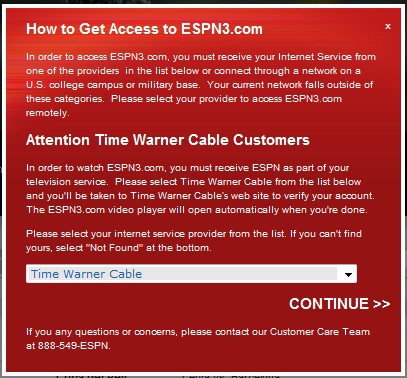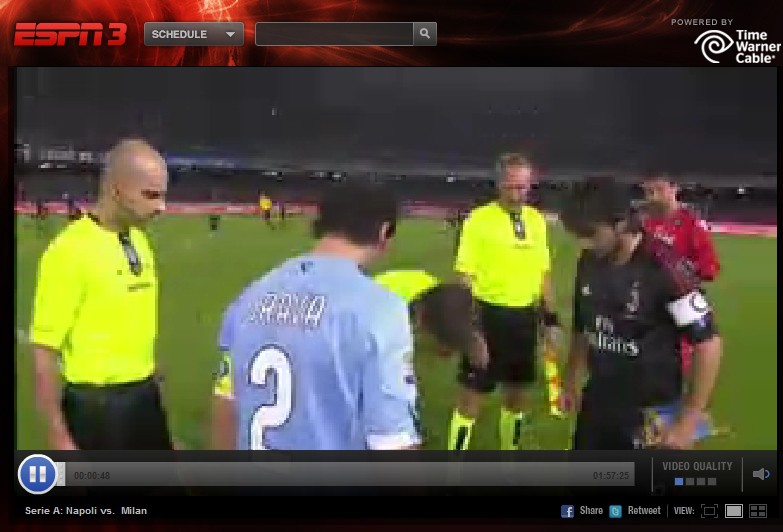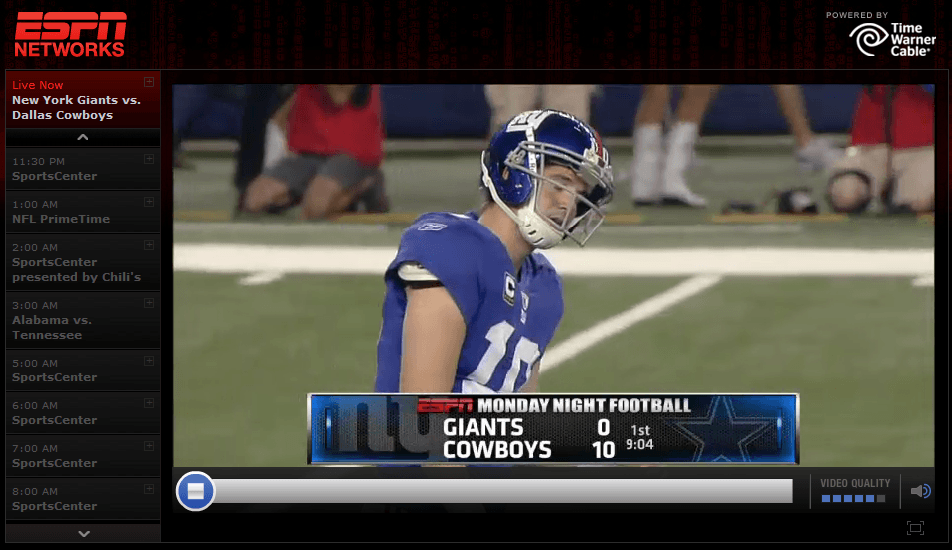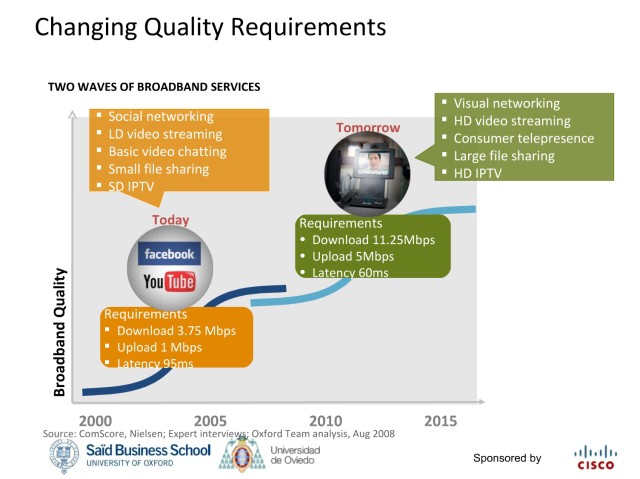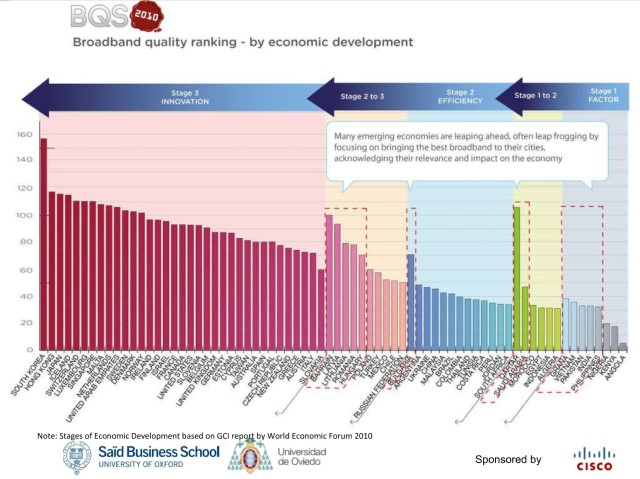 You can’t blame a guy for trying. As the Cablevision-Fox dispute continues to drag on — keeping several Fox-owned cable networks and two New York stations off Cablevision screens, Hamilton Mayor John Bencivengo decided it was time to start shopping for some cable competition.
You can’t blame a guy for trying. As the Cablevision-Fox dispute continues to drag on — keeping several Fox-owned cable networks and two New York stations off Cablevision screens, Hamilton Mayor John Bencivengo decided it was time to start shopping for some cable competition.
Bencivengo wrote thoughtful letters to executives of Comcast and Time Warner Cable trying to sell the two cable companies on coming to Mercer County.
“I am writing to inquire as to any interest your company may have in entering into Hamilton Township (Mercer County), NJ as a cable television provider,” Bencivengo’s letter reads. “I understand that any business decision would be predicated on the economic feasibility of entering into a new market, either through a franchise agreement with Hamilton Township or through a statewide franchise agreement available from the State of New Jersey through the BPU (Board of Public Utilities),” the letter reads. “It is a vibrant market that seems ripe for picking at this time.”
He’s also reminding both cable companies they are free and clear to deliver service just by signing a franchise agreement — the one Hamilton Township had with Cablevision expired back in 2005.
The New Jersey Times notes the area is not well-served by cable competition. Verizon FiOS is an option for only about half of the residents of Hamilton, and only a quarter of residents in nearby Robbinsville. The only other alternative is attaching a satellite dish to the roof.
“Here we are again with stations that are pretty popular off the cable network without any reimbursement to the cable customers, and that’s unfortunate,” Bencivengo told the New Jersey newspaper. “I want to be proactive to try to woo these people to Hamilton Township.”
Unfortunately, the cable industry in the United States resembles an organized crime network (their prices sure are a crime), each with their own respective territories companies have quietly agreed never to cross. Comcast and Time Warner Cable are the Godfathers of their respective service areas, and neither will compete head-to-head. Even though many residents affected by the Fox blackout may think of Cablevision as the Fredo of the cable industry, the chances of another cable company arriving in town to compete with them is next to zero.
Verizon offers the most immediate opportunity for cable competition, but consumers will find pricing generally comparable to what Cablevision charges.
The mayor of Hamilton need not tilt at windmills, however. There is another way.
If Hamilton Township is fed up with Cablevision’s HissyFits and Verizon’s high prices, the alternative is to build support for a community-owned municipal system that can deliver video, phone, and broadband service to residents. That’s what communities ranging from Wilson and Salisbury, North Carolina to Opelika, Alabama are doing, among many others.
They’ve decided the future of their communities’ telecommunications needs can no longer be entrusted to a handful of bully boys who put customers in the middle of every dispute over the money those customers will ultimately have to pay no matter who wins.
It’s a far better long term solution than replacing one bad cable company with another.


 Subscribe
Subscribe



